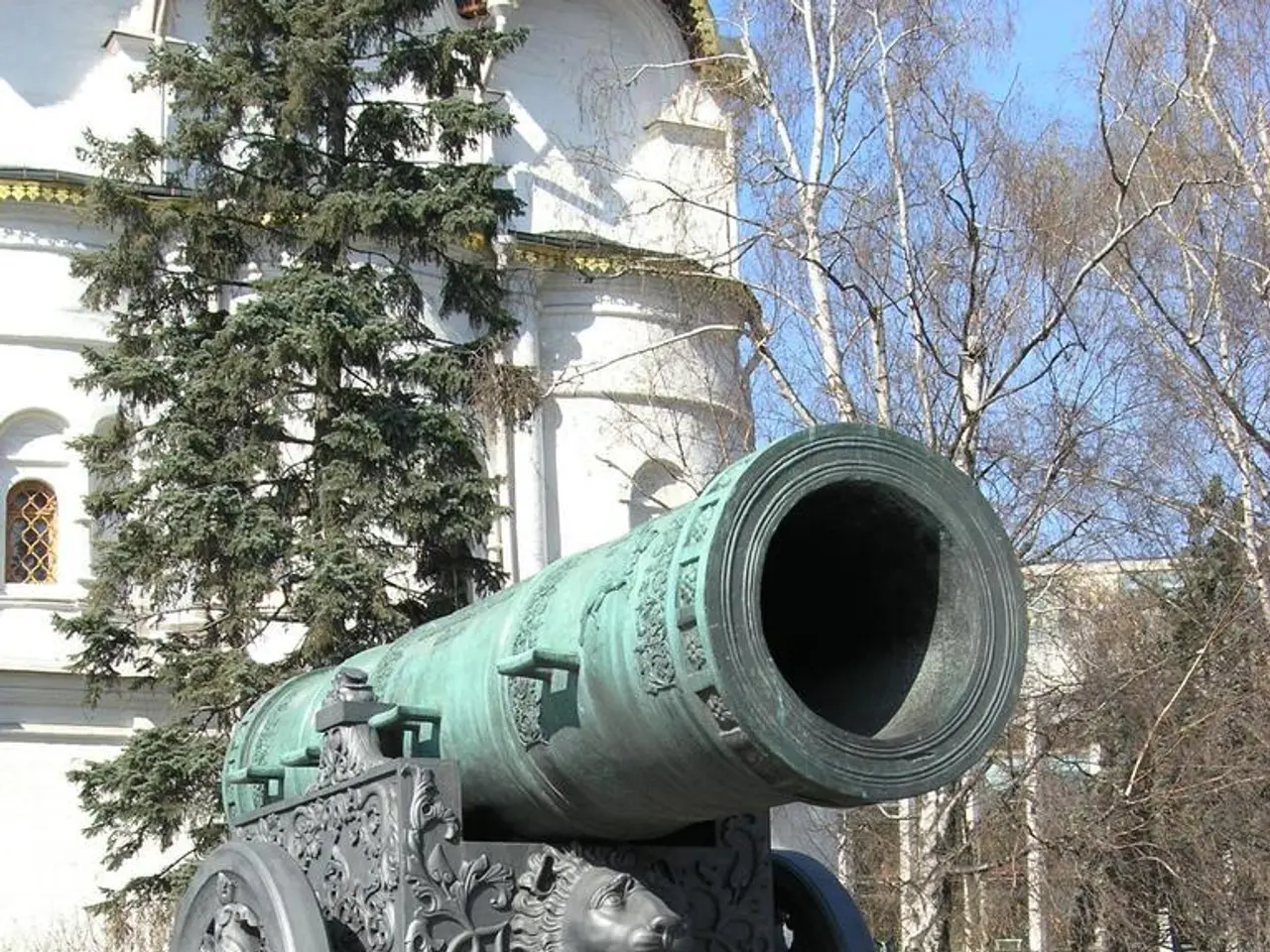Unusual heat wave expected in nine Russian regions, according to Vilfand's prediction
Moscow, along with nine other Russian regions, is currently experiencing an abnormally high temperature spell, according to the Hydrometeorological Center of Russia. This prediction was made by Roman Vilfand, the scientific head of the center.
The city of Moscow has issued an orange weather warning due to the heat, a departure from the usual heat wave predictions for the city. In fact, a surprising development is the prediction of thunderstorms in Moscow during August, according to Mikhail Leus, a leading specialist at the "Fobos" weather center.
From Tuesday, August 5, temperatures in Moscow are expected to be between 23 and 25 degrees. However, by Thursday, temperatures are expected to drop another 2 degrees, marking an unexpected cooling trend.
Elsewhere in Russia, temperatures in Chechnya and Ingushetia could reach 41 degrees, which is extremely unusual for the area. Until Monday, temperatures in these regions will be 6-8 degrees above normal. By August 5, temperatures in the Arkhangelsk region, north of the Arctic Circle, are expected to be 5-8 degrees above the usual values, reaching 29-32 degrees. Similarly, temperatures in Karelia are expected to be 27-30 degrees.
The abnormal heatwave in these Russian regions is primarily linked to strong high-pressure systems trapping hot air masses, likely originating from northern Africa. This has led to record-breaking temperatures in mid-April and continuing through the summer, with western Russia specifically experiencing unseasonably warm weather early in the year.
The causes of the heatwave are strongly tied to climate change, which increases the frequency and intensity of such extreme weather events, as highlighted by experts including the World Meteorological Organization. Effects in the affected regions and surrounding areas include extreme heat stress on populations, natural ecosystems, and water resources. For example, in neighboring Poland, rivers have reached historic low water levels due to drought conditions linked to prolonged heat and low precipitation. Similar impacts can be expected in the Russian regions experiencing heatwaves, such as increased risk of wildfires, health emergencies, and agricultural damage.
While some parts of Europe experienced relief with a deep cold wave and severe weather events bringing cooler conditions and heavy rainfall in late July and early August, heat risks remain. Meteorological forecasts indicate that hot spells could return intermittently through August in various parts of Europe and adjacent regions, including Russia, due to fluctuating high-pressure systems and their interaction with cold air fronts.
In summary, the abnormal heatwave in multiple Russian regions is part of a larger pattern of extreme weather events in 2025 Europe and western Russia. While there are signs of cooling, further heatwaves may occur in late summer across parts of Europe and adjacent regions, including Russia. It is crucial for communities to remain vigilant and prepared for these changing weather patterns.
[1] Climate Change and Extreme Weather Events [2] Heatwave in Russia: Causes, Effects, and Forecasts [3] Europe Weather Forecast: Heatwave Risks Remain
- The unexpected weather pattern in Moscow, such as the prediction of thunderstorms during August, could be a consequence of climate change, as it increases the frequency and intensity of extreme weather events.
- The unexpected cooling trend in Moscow from Thursday, mirrored by the anticipated high temperatures in regions like Chechnya and Ingushetia, suggests that the heatwave in Russia is part of the larger pattern of extreme weather events in 2025 Europe and western Russia.








